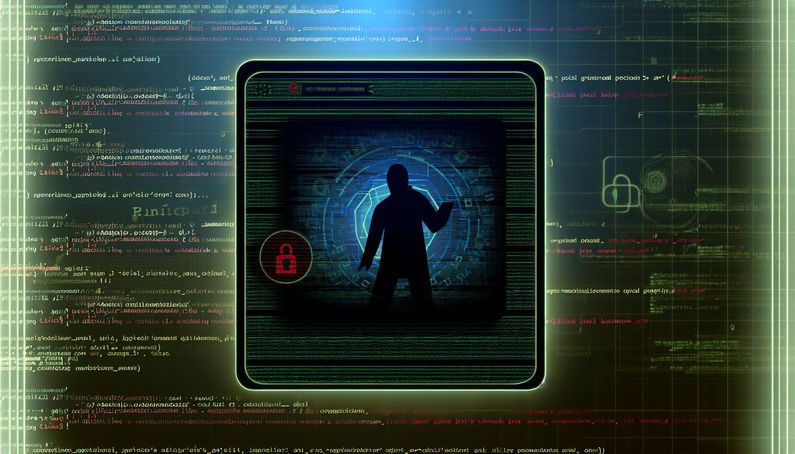
Unmasking ClickFix: The New Cyber Threat on TikTok
In the ever-evolving landscape of cybersecurity threats, ClickFix attacks have emerged as a novel and insidious method of exploiting TikTok’s vast reach. Unlike traditional cyber threats, ClickFix leverages TikTok’s algorithm to spread malicious content disguised as helpful tutorials. These AI-generated videos, which can quickly amass hundreds of thousands of views, instruct users to execute harmful PowerShell commands under the guise of software activation steps. This tactic not only exploits TikTok’s algorithm but also preys on users’ trust in instructional content (Bleeping Computer).
Understanding ClickFix Attacks
How TikTok’s Algorithm is Exploited
ClickFix attacks capitalize on TikTok’s algorithm, which is designed to promote engaging content. Cybercriminals create AI-generated videos that mimic legitimate tutorials, increasing their chances of being widely promoted. A single video can reach over 500,000 views, demonstrating the potential scale of these attacks (Bleeping Computer).
AI-Generated Deception
Attackers use AI tools to produce videos that instruct users to execute PowerShell commands, falsely presented as software activation steps. These videos often feature consistent styles with minor variations, indicating automation (Trend Micro). The AI-generated voiceovers add a layer of authenticity, making the deception more convincing.
Social Engineering at Play
ClickFix attacks employ sophisticated social engineering tactics, using fake error messages that mimic legitimate system notifications. These messages instruct users to execute commands in their PowerShell terminal, exploiting the authoritative tone to lower users’ defenses (Forbes).
Targeting Popular Software
These attacks often target popular applications like Spotify and CapCut, promising premium features through PowerShell commands. This targeted approach increases user compliance, as individuals are more likely to follow instructions that promise enhancements to familiar software (Bleeping Computer).
Consequences for User Devices
Once executed, the malicious script compromises the user’s device, allowing malware like Vidar and StealC to steal sensitive information, including credentials and financial data (Bleeping Computer). The malware operates covertly, making detection and removal challenging.
Strategies for Mitigation
To counter ClickFix attacks, users and organizations must prioritize cybersecurity education and implement threat intelligence tools to detect and block malicious scripts. Platforms like TikTok can enhance content moderation to identify and remove deceptive videos (Criminal IP).
Evolution and State-Sponsored Involvement
Initially observed in early 2024, ClickFix techniques have been adopted by various cybercriminal groups, including state-sponsored actors, to target users across different operating systems (Proofpoint). This evolution underscores the adaptability of cybercriminals in refining their tactics.
Looking Ahead
As ClickFix attacks evolve, they pose significant challenges for users and cybersecurity professionals. The use of AI in generating deceptive content complicates detection, while platforms like TikTok amplify the potential impact. It is crucial for individuals and organizations to stay informed about emerging threats and adopt comprehensive security strategies to mitigate risks.
Conclusion
The rise of ClickFix attacks on TikTok highlights the need for vigilance and proactive cybersecurity measures. As cybercriminals continue to refine their tactics, staying informed and adopting robust security practices will be essential in protecting against these sophisticated threats.
References
- Bleeping Computer. (2025). TikTok videos now push infostealer malware in ClickFix attacks. https://www.bleepingcomputer.com/news/security/tiktok-videos-now-push-infostealer-malware-in-clickfix-attacks/
- Trend Micro. (2025). TikTok videos infostealers. https://www.trendmicro.com/es_mx/research/25/e/tiktok-videos-infostealers.html
- Forbes. (2025). Do not click if you see this on your PC, it’s an attack. https://www.forbes.com/sites/zakdoffman/2025/04/21/do-not-click-if-you-see-this-on-your-pc-its-an-attack/
- Proofpoint. (2025). Around the world in 90 days: State-sponsored actors try ClickFix. https://www.proofpoint.com/us/blog/threat-insight/around-world-90-days-state-sponsored-actors-try-clickfix)



